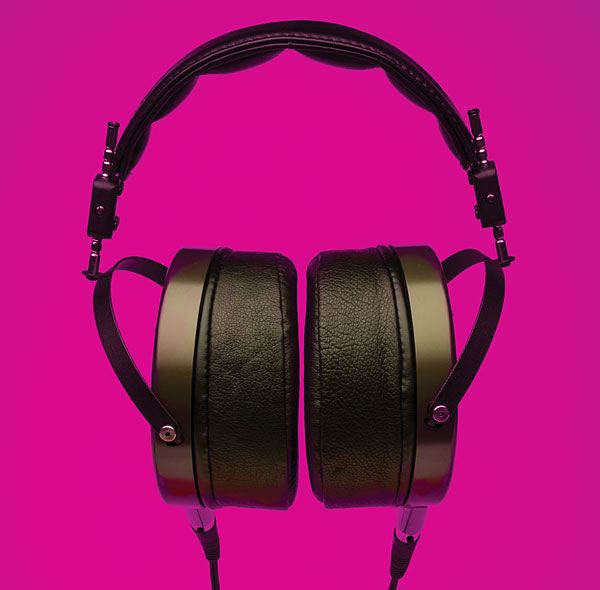| Columns Retired Columns & Blogs |
John! John! John! What has come over you?! A few days ago, you posted a great article about the dangers of over compression:
http://www.stereophile.com/content/squeezing-music-0#comment-536628
And here you are testing 1700$ headphones, with (among other things) an iPod and lossy mp3 files. JOOOHHNN!!!!!!!!!!!!!!!!!
What happened to "source first"? What happended to at least having decent media? Geez, I could understand digital files that are at least CD quality. I could understand listening to such files on a decent streamer. But, mp3s on an iPod?!?!?!??!
I am not angry at you John. Just so very disappointed...
If Michael Fremer reads this, please Mikey, take John out for a drink. Give him a good "talking to". Set him straight and give him sh*t if you have to. Maybe then John can review these glorious headphones with a real amp and a good quality source (how about some vinyl?).
I need a drink... 








































